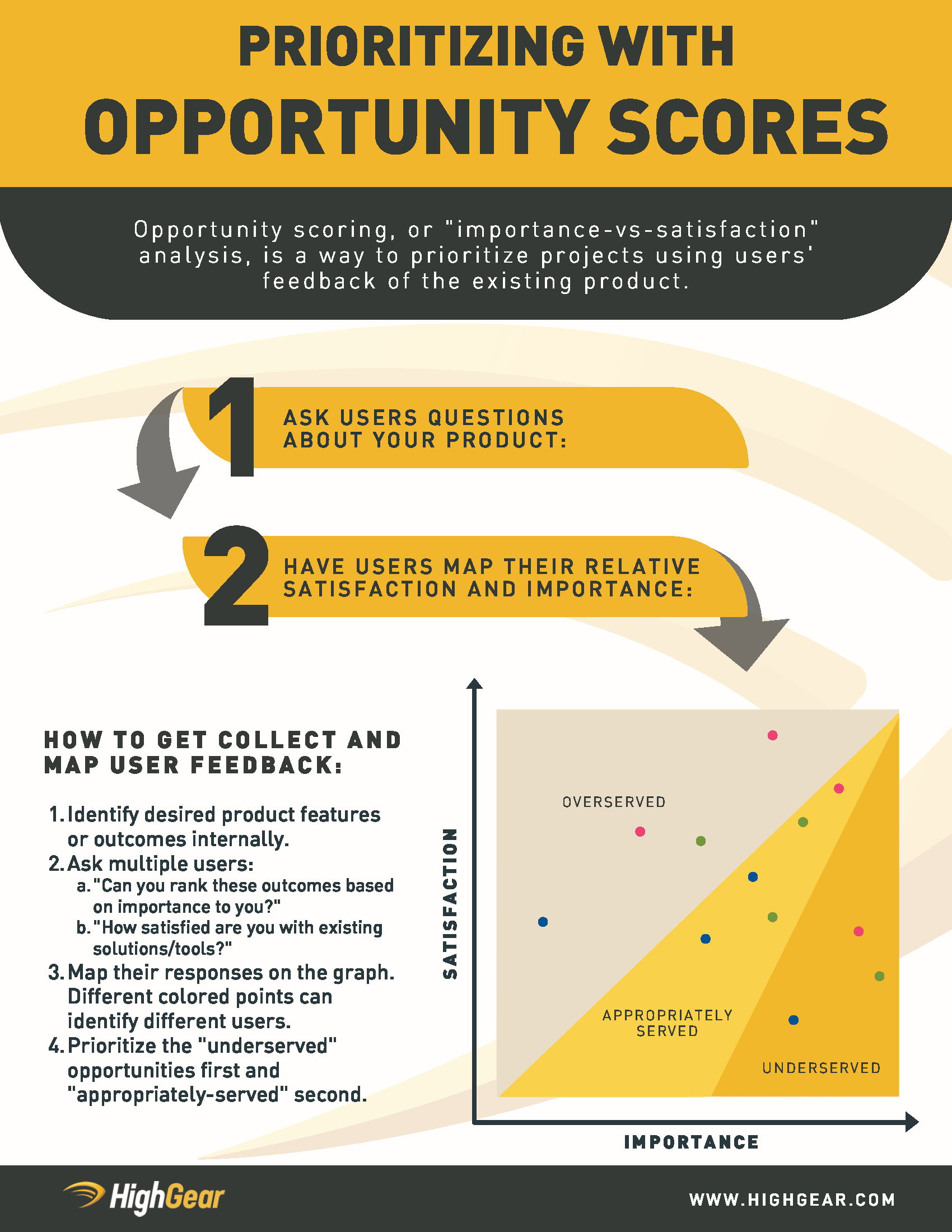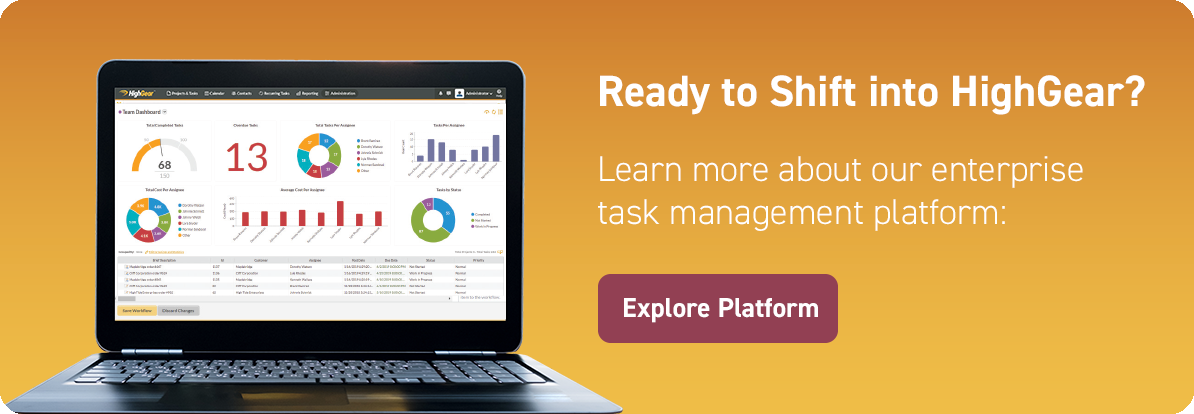The Importance of Prioritization
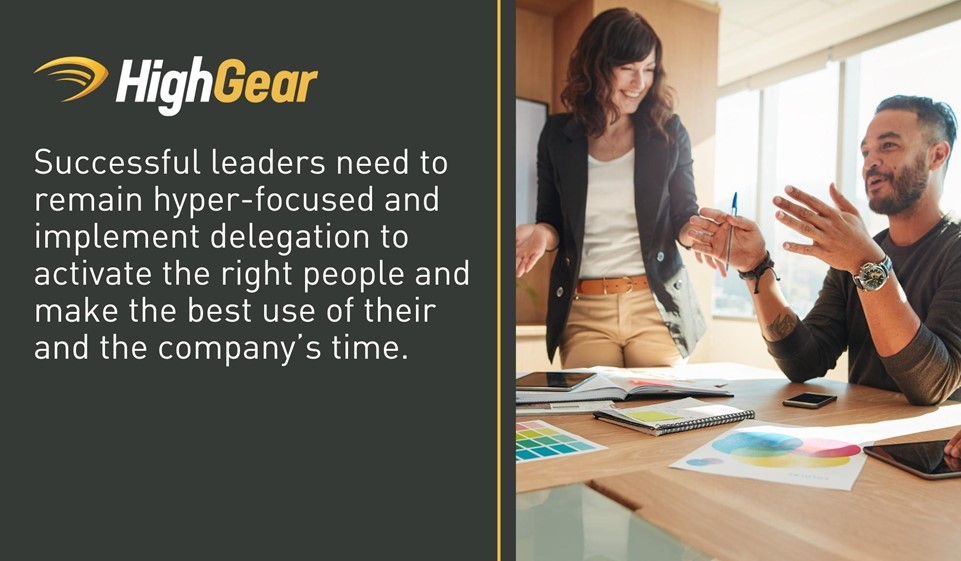
One’s company or individual philosophy regarding prioritization can impact what projects get done and when. As Antonio Nieto-Rodriguez, an expert in project management and strategy implementation, shared with Forbes:
“Prioritizing increases the success rates of strategic projects, increases the alignment and focus of senior management teams around strategic goals, clears all doubts for the operational teams when faced with decisions, and, most important, builds an execution mindset and culture.”
A standard “to-do” list can be extremely helpful for the overworked or directionless employee, but when it comes to making strategic priorities at an enterprise level, a more robust framework is needed. Rather than focusing on what’s urgent or new, these frameworks will help you understand what’s truly the most valuable and important.
The Basic of Ranking Priorities

The success of a project is dependent on three things — objectives, resources, and timing. Of course, not all projects are equally important. Projects can be categorized as:
-
-
- Critical: Critical priorities are the most pressing. These are projects or objectives that absolutely must be accomplished by a given due date. This could mean fixing a piece of machinery, securing a new location, or fixing a detrimental app error. In these scenarios, the objective and timing are fixed and resources can be adjusted in order to meet the end goal. It is possible to have multiple critical priorities of equal importance at a given time.
- Important: Important priorities are subsequent to critical priorities. These are goals that can provide significant improvements to the end-user or organization. This may include adding a new app or product feature or adding a new member to the team. In these scenarios, resources are often fixed and either time or the objective can be manipulated.
- Desirable: Lastly, desirable priorities are at the bottom of the “to do” list. These goals are characterized by variable resources and time. In short, time is not an issue here.
-
Frameworks to Rank Priorities
Even if you understand the distinction between these three types of priorities, it can be difficult to implement them in practice or prioritize one “important” goal over the other. For major enterprise-level decisions, priority ranking will often require the involvement of various stakeholders and levels of operation.
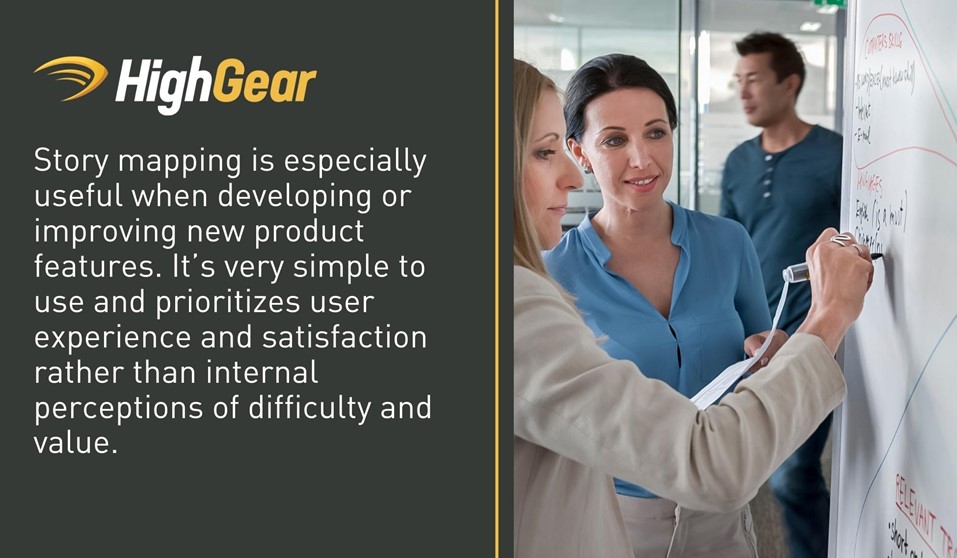
The below frameworks may be more or less helpful depending on the task at hand. However, each one helps to ensure that all team members are aligned and have an appropriate say in what goals get prioritized over the others. Here are five popular priority ranking frameworks as well as the benefits and drawbacks of each one.
1. Story mapping: Story mapping is especially useful when developing or improving new product features. It’s very simple to use and prioritizes user experience and satisfaction rather than internal perceptions of difficulty and value. Along the horizontal axes, “buckets” or categories are established that represent each stage of the user’s journey. Then, taking the user’s perspective into consideration, goals, and features are aligned vertically under the corresponding buckets in terms of priority. Horizontal lines can be drawn to separate the goals/features into releases or updates, essentially saving some for later.
a. PROS:
i. It’s centered around the user’s perspective.
ii. It’s collaborative and easy to make changes to.
b. CONS:
i. It doesn’t take into account value or complexity.
2. Opportunity scoring: Opportunity scoring is another user-oriented tool of prioritization. Based on Anthony Ulwick’s Outcome-Driven Innovation concept, this method uses a graph to rank opportunities based on users’ feedback. On this graph, importance is on the X-axis and satisfaction is on the Y-axis. Once the opportunities/projects are established internally, you present them to users and ask:
1) Can you rank these outcomes based on importance?
2) How satisfied are you with existing solutions/tools?
Click anywhere on the document to download the PDF:
These “values” are then added to the graph to determine which projects are underserved yet high in importance.
a. PROS:
i. It’s very easy to visualize.
ii. It’s centered around the user’s perspective.
b. CONS:
i. It doesn’t take into account value or complexity.
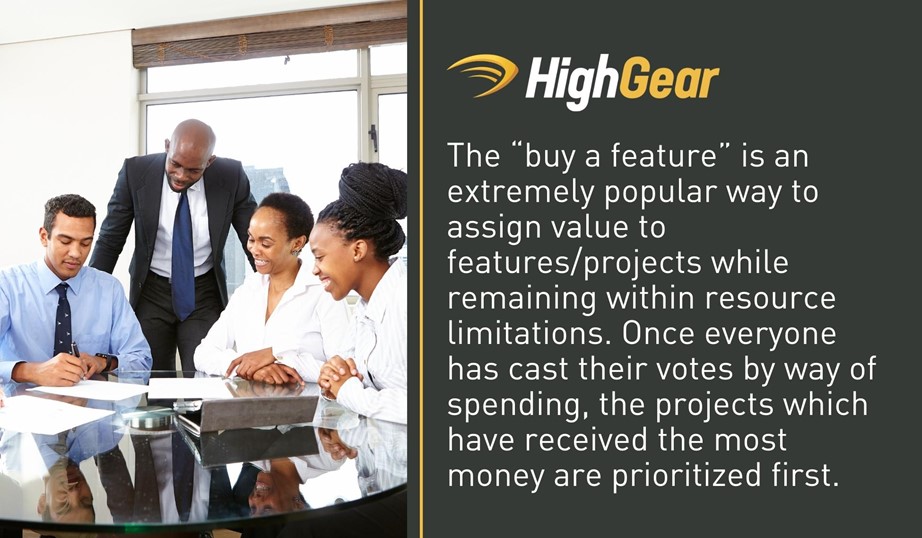
3. Buy a feature: The “buy a feature” is an extremely popular way to get all stakeholders to assign value to features/projects while remaining within resource limitations. It’s practically a game! First, you create a list of features and assign each one a price. The price is determined based on the estimated time, money, and effort needed to execute it. Next, a group is assembled and each member is given a set amount of “money” or tokens to spend on each feature/project. Once everyone has cast their votes by way of spending, the projects which have received the most money are prioritized first.
a. PROS:
i. This exercise can be done among an internal team or with users.
b. CONS:
i. The features are only decided internally. It does not leave room for customers to choose/suggest new features.
ii. It can be difficult to coordinate.
4. RICE: The RICE priority scoring system measures each goal against four factors: reach, impact, confidence, and effort. As you evaluate each factor of a given project, you assign it a score. Reach determines how many people will use or be influenced by the project within a given time frame. Impact focuses on the outcome that this will have for the end-user. Confidence measures how assured the internal team is regarding the accuracy of the estimations of reach and impact. The final effort is a measure of how much time it will take to achieve this goal. After these four factors are determined and scored, the equation “ (Reach x Impact x Confidence) / Effort “ is used to assign the goal a RICE score. The goals with the highest scores are prioritized over the lower scores.
a. PROS
i. This method requires that each goal is “SMART”. Click here to download the cheat sheet.
ii. It takes into account the confidence various roles have about the other measures.
b. CONS:
i. This equation/method does not take the priority type (critical, important, and desirable) into account when assigning scores.
5. Value vs. Effort: This simple priority ranking framework involves estimating and quantifying the amount of value the goal will bring vs the effort it will take to achieve it. The measures used to quantify value and effort can differ between organizations, but loosely value is quantified by impact, and effort is quantified by cost, risk, and complexity. The goals with the highest value and lowest comparative effort should be ranked first.
a. PROS:
i. This method helps teams to align on the total value of the project at hand.
ii. It is easy to understand and quantify.
b. CONS:
i. It can take a while to align all stakeholders on arbitrary levels of effort and value.
To wrap it up
Prioritization is absolutely essential to organizations. The above frameworks can be useful to bring in stakeholders from various teams, use their opinions and perspectives, and walk away with an agreed-upon quantified rank of priorities.
Remember that the status or type of a priority may automatically place it above others (critical vs important vs desirable). The frameworks mentioned only help to rank priorities within these three categories. No matter which framework you follow, priority ranking should be collaborative, well thought out, and result in transparent and actionable results. Then, it’s time to get into the nitty-gritty! Remember, your priorities are only as valuable as they are visible.
To ensure that your project does not get lost to a lack of transparency or miscommunication, you’ll need a collaborative and easy-to-use tool that’s accessible to everyone. This is where HighGear comes in. HighGear is a no-code workflow application platform that eliminates the need for assigning tasks, managing work and tracking progress with paper, e-mail and spreadsheets. Assign tasks, communicate with your team, and track the progress of each task within one easy to use drag and-drop-tool. Request a free demo today to ensure the success of your organization’s most pressing priorities!

